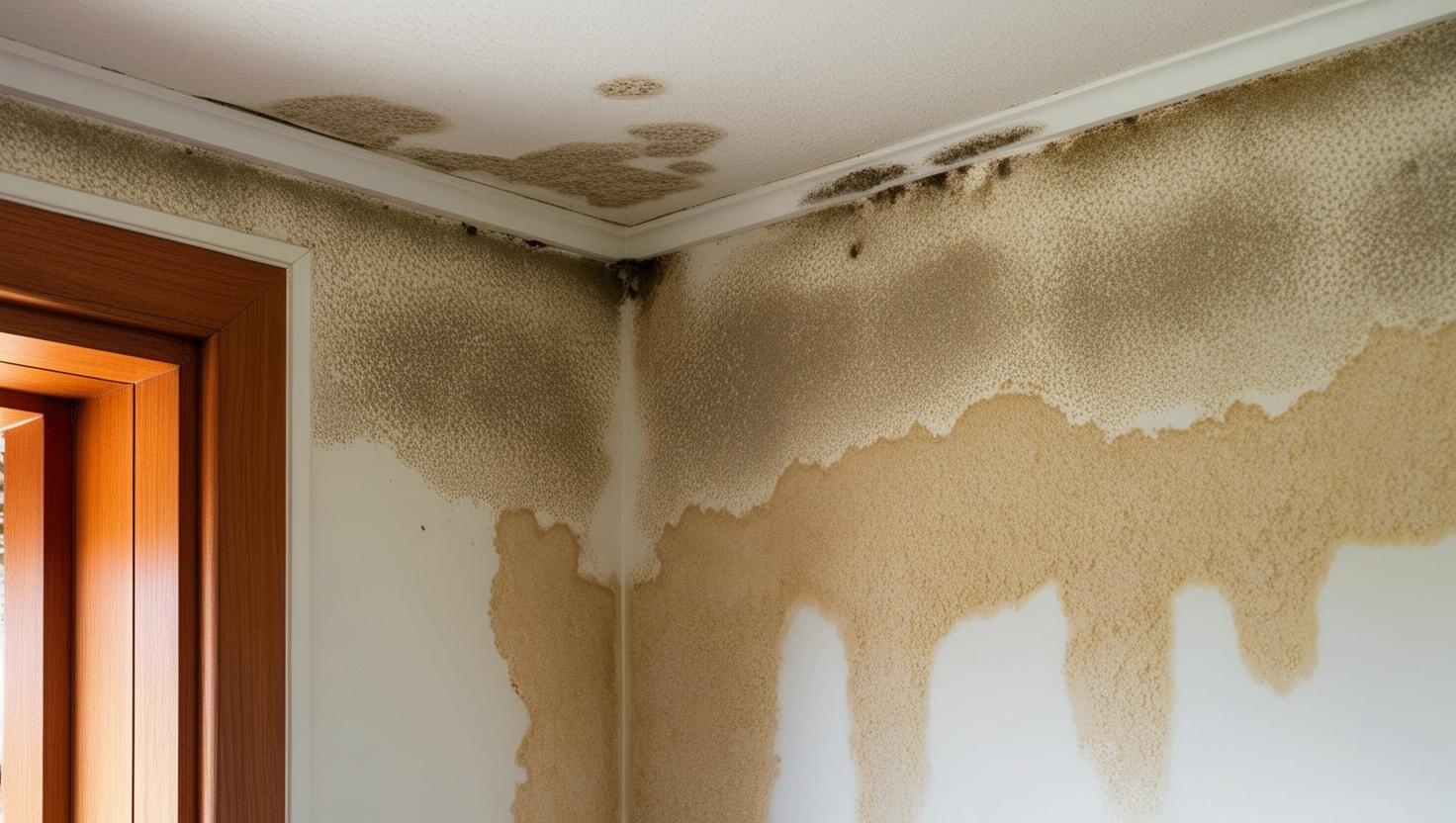
The Hidden Dangers of Delayed Water Damage Response: Why Every Hour Counts
- 11 Mar, 2025
When water intrusion strikes a property, the visible effects often represent merely the surface of a complex and rapidly evolving situation that demands immediate professional intervention. What appears as simple surface moisture can quickly transform into structural compromise, dangerous microbial growth, and permanent material damage through mechanisms that operate regardless of whether the property remains visibly wet or apparently dries naturally.
Understanding the timeline of water damage progression reveals why rapid response represents the single most significant factor in successful recovery outcomes. Within minutes, water penetrates porous materials including drywall, insulation, and wooden substructures; within hours, finishes begin deteriorating, adhesives weaken, and furniture components swell; within 24-48 hours, microbial growth initiates in ideal conditions; and within days, structural elements begin compromising while health-threatening mold establishes colonies throughout affected areas. This accelerating cascade of deterioration continues regardless of apparent surface drying.
Professional water damage restoration services implement scientific approaches that address both visible and hidden moisture through comprehensive assessment and strategic intervention. Thermal imaging identifies moisture invisible to visual inspection; moisture meters quantify saturation levels within structural components; hygrometers monitor atmospheric conditions; and trained technicians interpret these measurements to develop targeted extraction and drying strategies that standard cleaning approaches cannot replicate regardless of apparent thoroughness.
Effective water damage repair requires specialized equipment beyond conventional cleaning tools. Professional-grade extraction units remove water 500 times more efficiently than standard wet vacuums; commercial dehumidifiers extract atmospheric moisture that would otherwise migrate into structural materials; high-velocity air movers create surface evaporation that accelerates drying beyond natural processes; and moisture documentation tools track progress throughout the restoration process. This equipment combination creates drying efficiency impossible to achieve through conventional approaches.
Comprehensive flood damage repair addresses not only obvious water removal but also the critical sanitization requirements that flooding events necessitate. Category 3 water (containing potential pathogens and contaminants) requires specialized treatment protocols including antimicrobial application, selective material removal, and HEPA-filtered air scrubbing to ensure occupant safety. Professional restoration technicians implement these protocols based on industry standards that protect both property value and occupant health beyond what visible cleanliness might suggest.
Professional flood restoration services provide comprehensive solutions that extend far beyond simple water extraction. Structural drying prevents secondary damage including warping, splitting, and deterioration; content evaluation identifies salvageable items requiring specialized treatment; microbial remediation prevents health-threatening contamination; and systematic documentation supports insurance claims with evidence-based assessment. This holistic approach addresses both immediate recovery and long-term property protection that piecemeal approaches cannot achieve.
When water emergencies strike, immediate access to emergency flood experts often determines whether a property experiences minor inconvenience or catastrophic damage. 24/7 availability ensures that response begins during the critical early hours when intervention proves most effective; rapid deployment brings specialized equipment onsite when conventional resources prove inadequate; and experienced technicians implement proven protocols that maximize recovery potential regardless of damage severity or property type.
The insurance implications of professional restoration extend beyond immediate recovery considerations. Properly documented water damage claims typically receive more favorable consideration; professional assessment identifies hidden damage that might otherwise remain unclaimed; and certified restoration techniques provide assurance that claimed damages received appropriate mitigation. These factors often translate to more comprehensive coverage and reduced complications compared to self-managed recovery attempts regardless of apparent damage simplicity.
Health considerations represent another critical factor in professional water damage response. Inadequately addressed moisture creates ideal conditions for mold development within 24-48 hours; bacterial contamination often accompanies flooding events; and improper drying techniques can distribute contaminants throughout previously unaffected areas. Professional restoration protocols specifically address these health concerns through containment procedures, appropriate personal protective equipment, and validated sanitization methods that protect occupant wellbeing beyond visible cleanliness standards.
The economic justification for professional restoration becomes compelling when considering the full impact of water damage. Properly restored properties maintain market value without the stigma of previous water damage; comprehensive drying prevents secondary damage that might otherwise require future repairs; and professional documentation provides disclosure protection for future property transactions. These long-term benefits often substantially outweigh the initial restoration investment regardless of apparent damage severity.
Implementing effective water damage recovery requires integrated approaches rather than isolated tasks. Comprehensive assessment identifying affected materials and moisture migration patterns; strategic equipment deployment addressing specific environmental challenges; appropriate technique selection ensuring material-specific drying methods; and ongoing monitoring verifying drying progress collectively determine recovery success beyond individual task completion. This systems-based approach delivers superior results compared to sequential task completion regardless of apparent thoroughness or effort investment.
